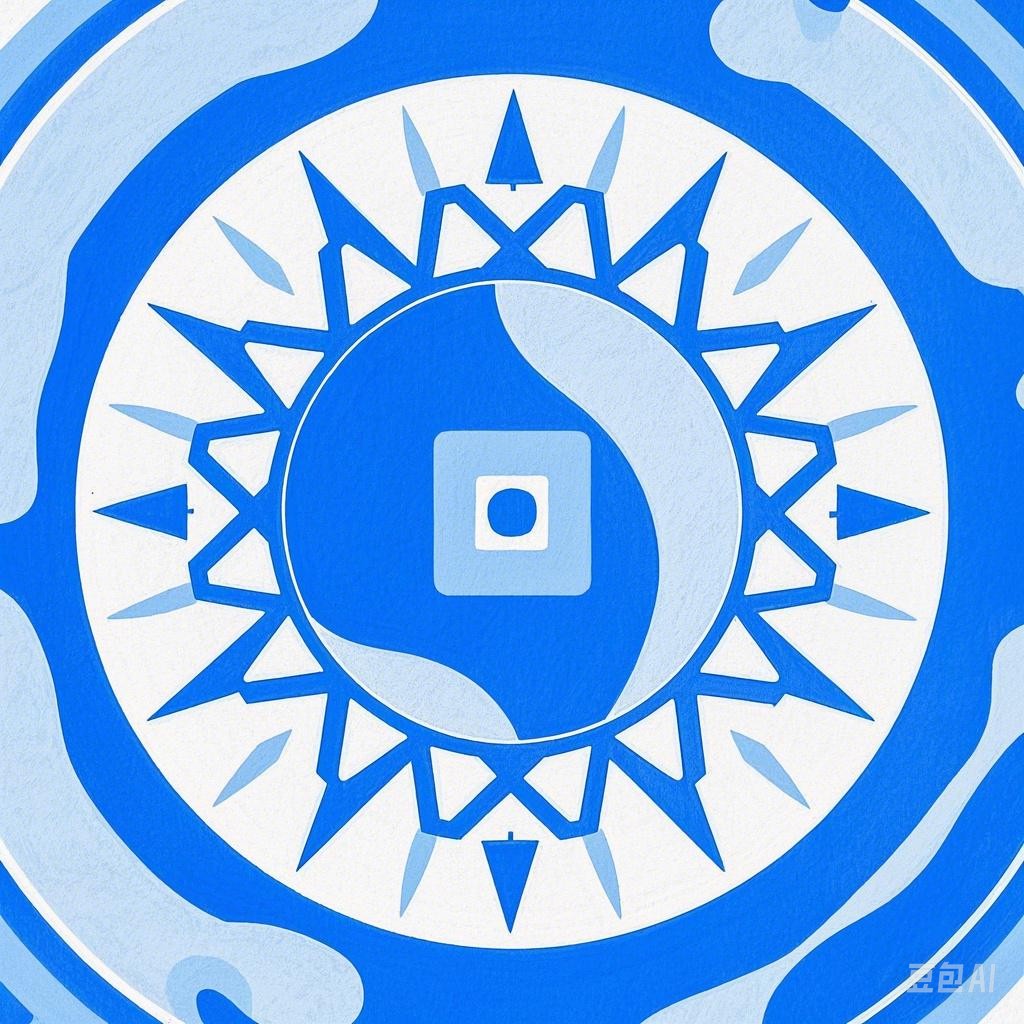The Spring Festival, also known as Chinese New Year, is the most important traditional festival in China. It is a time of joy, family reunions, and the celebration of new beginnings. This article aims to provide a comprehensive guide to the Spring Festival, including its history, customs, and significance in Chinese culture.
History of the Spring Festival
The Spring Festival has a long and rich history, dating back over 4,000 years. It originated from ancient agricultural practices and is associated with the end of the winter season and the beginning of spring. The festival was initially celebrated to honor the gods of agriculture and to祈求丰收.
Ancient Customs
In ancient times, the Spring Festival was marked by a variety of customs, including:
- Sacrifices to the Kitchen God: Before the New Year, families would clean their homes and perform sacrifices to the Kitchen God, who was believed to protect the family’s fortune and health.
- Spring Cleaning: Houses were thoroughly cleaned to sweep away bad luck and make way for good fortune.
- Festive Decorations: Homes were decorated with red lanterns, couplets, and paper cuttings, all symbolizing good luck and happiness.
Modern Celebrations
Today, the Spring Festival is celebrated by billions of people across China and around the world. The modern celebrations are a blend of ancient traditions and contemporary customs.
Preparations
Several weeks before the festival, families begin preparing for the Spring Festival. This includes:
- Spring Cleaning: As mentioned earlier, cleaning the home is a crucial part of the preparation process.
- Purchasing Gifts: People buy gifts for their family and friends, including red envelopes (hongbao) containing money.
- Cooking Traditional Dishes: Families prepare a variety of traditional dishes, such as dumplings, fish, and nian gao (sticky rice cake).
The Eve of the Festival
The Eve of the Spring Festival, known as Chuxi, is one of the most important days of the celebration. It is a time for family reunions and feasting.
- Family Reunion Dinner: Families gather for a large meal, often consisting of multiple dishes symbolizing prosperity, wealth, and happiness.
- Fireworks and Firecrackers: Fireworks and firecrackers are set off to ward off evil spirits and attract good luck.
The First Day of the New Year
The first day of the New Year is filled with customs and traditions.
- Wearing New Clothes: People wear new clothes to symbolize new beginnings.
- Visiting Relatives: Families visit each other to exchange greetings and red envelopes.
- Special Foods: Traditional foods are served to celebrate the new year, such as dumplings, fish, and nian gao.
Cultural Significance
The Spring Festival holds immense cultural significance in China. It is a time for people to reflect on the past year and look forward to the future. The festival also serves as a reminder of the importance of family, community, and cultural heritage.
Symbolism
The following symbols are commonly associated with the Spring Festival:
- Red: Red is the color of prosperity, happiness, and good fortune. It is featured in decorations, clothing, and gifts.
- Fish: Fish symbolizes abundance and is a common dish during the festival.
- Nian Gao: Sticky rice cake represents a high year and is often eaten during the New Year.
Conclusion
The Spring Festival is a time of joy, celebration, and reflection. It is a celebration of new beginnings, family, and cultural heritage. The festival’s rich history and customs have been passed down through generations, making it one of the most important and cherished traditions in China.
